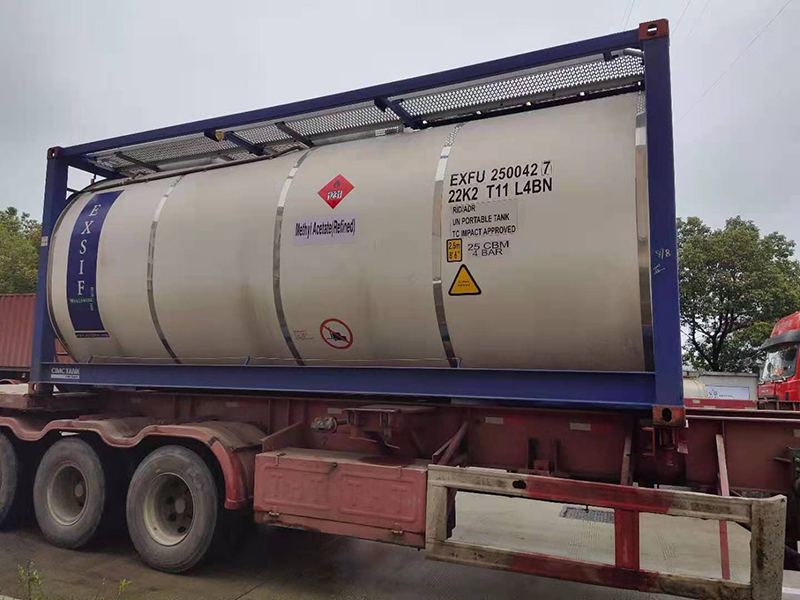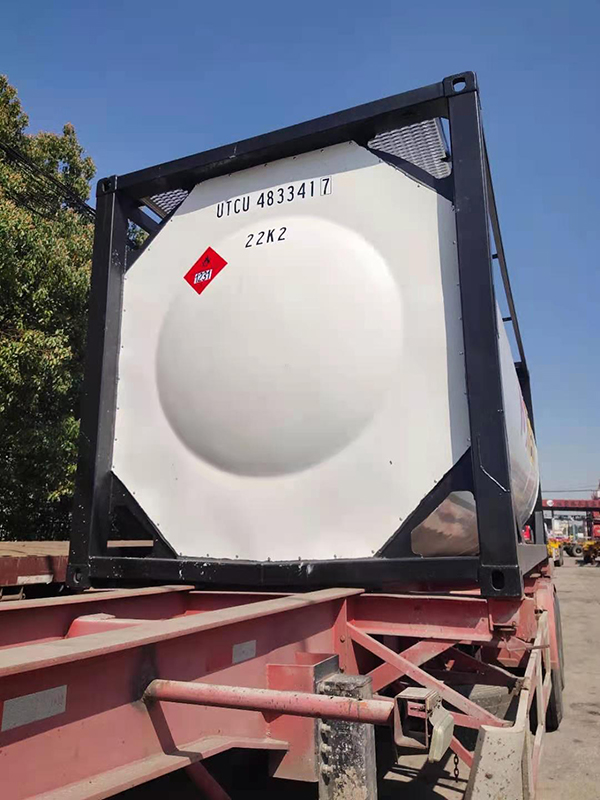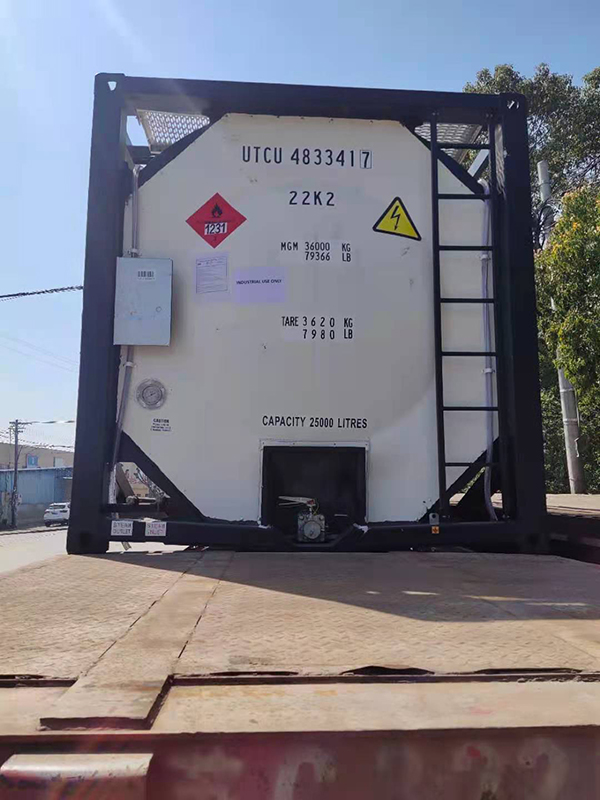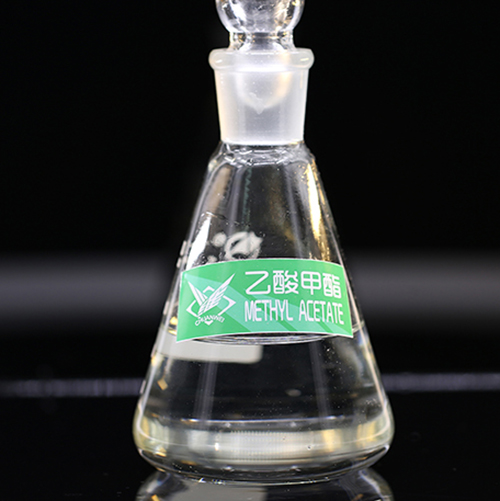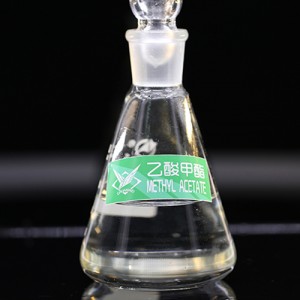Methyl acetate
MAIN SPECIFICATION
| Descriptions | Specification | |
| Appearance | Colorless transparent liquid | |
| Content of methyl acetate % ≥ | 99.5 | |
| Hazen (Pt-Co scale) | 10 | |
| Density(20℃), g/cm3 密度 | 0.931-0.934 | |
| Distilled residue, % ≤ | 0.5 | |
| Acidity, % ≤ | 0.005 | |
| Moisture, % ≤ | 0.05 | |

As a green solvent, methyl acetate is exempted from restriction and used as organic solvent in manufacturing ester, coating, ink, paint, adhesives and leather; and acts as foaming agent for polyurethane foam, further, it can also be used as an extractant for oil and grease in the production of artificial leather, fragrance, and etc. In response to increase of market demand,the capacity of the methyl acetate plant is 210ktpa.
Learn more about Methyl Acetate
What is Methyl Acetate?
At normal temperature, methyl acetate is 25 percent soluble in water. It has a considerably greater solubility in water at higher temperatures. In the presence of strong aqueous bases or acids, methyl acetate is unstable. With a flashpoint of -10° C and a flammability value of 3, it is very flammable. Methyl acetate is a low-toxicity solvent often found in glues and nail polish removers. Apples, grapes, and bananas are among the fruits that contain methyl acetate.

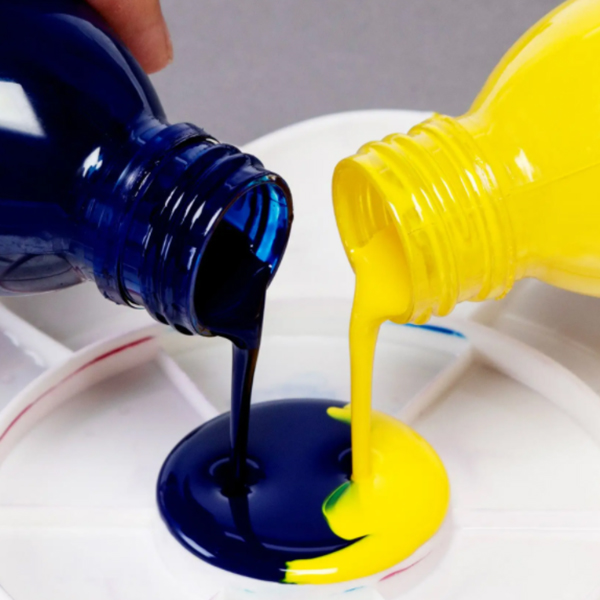
Industrial Uses
The reaction of carbonylation with methyl acetate to generate acetic anhydride is used in industry. It's also utilized as a solvent in paint, glue, nail polish, and graffiti removers, as well as lubricants, intermediates, and processing aids.
Methyl acetate is also used as a chemical intermediate in the production of cellulose adhesives and perfumes, as well as the synthesis of chlorophacinone, diphacinone, fenfluramine, o-methoxy phenylacetone, p-methoxy phenylacetone, methyl cinnamate, methyl cyanoacetate, methyldopa, and phenylacetone.
Methyl acetate is used as a flavoring agent in food additives for rum, brandy, and whisky, as well as in adhesives, cleaning products, personal care, and cosmetic products, lubricants, fast-drying paints like lacquers, motor vehicle coatings, furniture coatings, industrial coatings (low boiling point), inks, resins, oils, and electronic products. The paint, coatings, cosmetics, textiles, and automotive sectors are the primary end markets for this substance.
Carbonylation is one method that is utilized in industry. Carbon monoxide substrates are brought together in these reactions. Methanol is burned with acetic acid in the presence of sulfuric acid to make methyl acetate.
The esterification of methanol and acetic acid in the presence of a strong acid is another way of synthesis. This process likewise employs the use of sulfuric acid as a catalyst.

